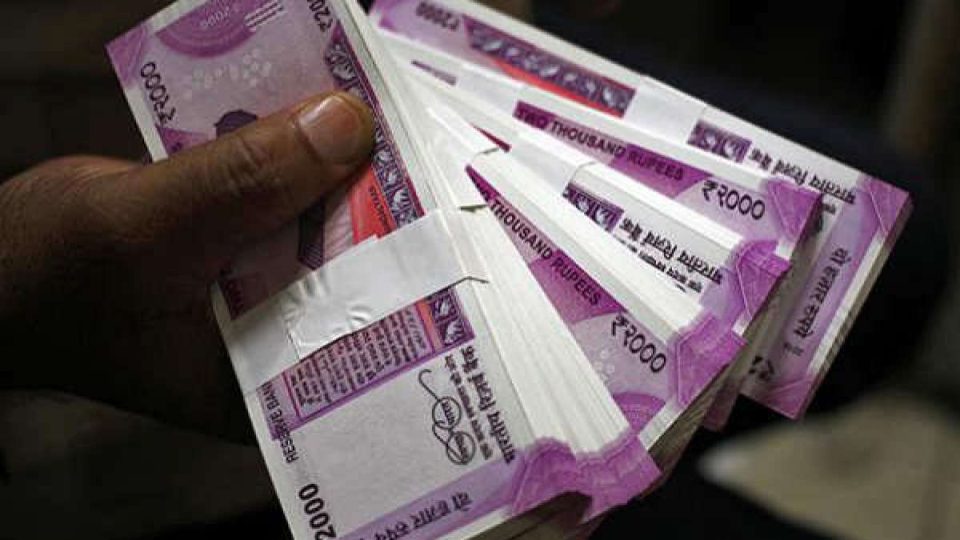Should You Worry About Another Demonetisation?
Reserve Bank of India (RBI), the Indian banking system regulator, announced on May 19 that it has decided to withdraw Rs 2,000 denomination notes from circulation. It also highlighted that these notes will continue to be legal tender.
Is this another Demonetisation? Why are these notes being withdrawn? Before you rush to your nearest bank, read till the end to find answers to such questions.
Rs 2,000 Notes Deposit Deadline and Limit
The central bank has requested the people deposit Rs 2,000 notes in their bank accounts or exchange them for notes of other denominations before September 30, 2023. Deposits into bank accounts can be made as normal, with no restrictions.
The exchange service for Rs 2,000 currency notes will begin on May 23, 2023, to provide operational ease and minimise interruption of bank branch activities. The exchange of Rs 2,000 bank notes for banknotes of other denominations is limited to Rs 20,000 at a time.
The exchange service with issuing departments will be available at any bank branch or one of the 19 Regional Offices of the RBI. The notes can also be exchanged through Business Correspondents, but only for a maximum of Rs 4000/- each day for an account holder.
When was the Note Introduced, and Why is it being Withdrawn?
The Rs 2,000 notes were first introduced in November 2016, during the demonetisation of Rs 500 and Rs 1,000. The primary objective behind the circulation of the Rs 2,000 banknotes was to meet the currency requirements of the country efficiently after the demonetisation.
The printing of Rs 2,000 notes was already stopped in 2018-19 due to various reasons cited ahead.
Firstly, about 89% of these notes were issued before March 2017 and were reaching or were already at the end of their estimated lifespan of 4-5 years.
Moreover, using the Rs 2,000 notes in transactions drastically reduced from Rs 6.73 lakh crore at its peak to Rs 3.62 lakh crore on March 31, 2023, accounting for only 10.8% of all notes in circulation. The primary reason is the availability of banknotes in other denominations in adequate quantities.
Finally, the “Clean Note” Policy of the RBI is in motion to ensure that members of the public have access to high-quality banknotes.
Therefore, the RBI withdrew the Rs 2000 denomination banknotes from circulation, given the above.
Demonetisation or Just a Time to Time Clean Up?
The withdrawal of currency notes is a routine exercise done by central banks of several countries, including the United States. Before the recent withdrawal, in 2013-14, the Government of India had also practised a similar withdrawal of notes printed before 2005.
So, the current scenario is not similar to the Demonisation of 2016 but is just a routine procedure to ensure clean money circulation in the country. Readers need not worry about the withdrawal like they did in 2016.





